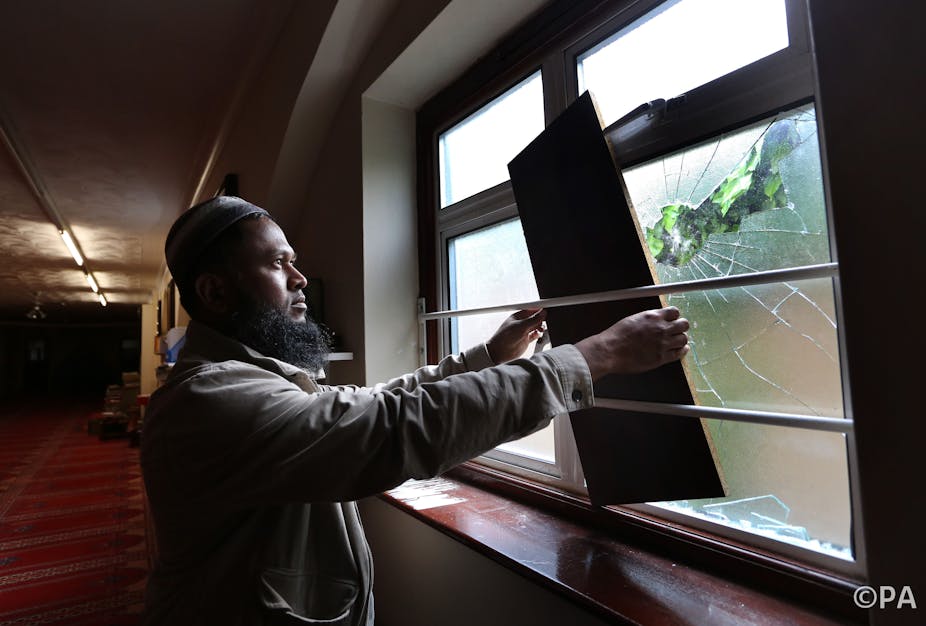Many people in Britain would have had nightmares last night. The news that a serving British soldier was hacked to death on the streets of London and the graphic images broadcast and printed by the media filled the majority of the public with horror, disbelief and anger.
This was clearly the case with the Muslim Council of Britain which, within hours of the attack, publicly condemned the murder of the young soldier, stating: “Muslims have long served in this country’s armed services proudly and with honour. This attack on a member of the armed forces is dishonourable and no cause can justify this murder.”
Likewise, the National Association of Muslim Police declared, in no uncertain terms, that: “these acts are not the acts of a Muslim and are condemned in Islam” and reiterated: “Islam is a religion of peace.”
Yet according to the English Defence League, these rejections of political violence by Muslim organisations in Britain hide the real face of Islam. EDL leader Tommy Robinson declared: “Islam is not a religion of peace, it is fascist and it is violent. We support our troops but enough is enough, this has to end.”
This is not the first such inflammatory statement by Robinson. Some years ago at a Tower Hamlets demonstration he claimed: “The Islamic community will feel the full force of the EDL if we see any of our citizens killed, maimed or hurt on British soil ever again.”
Rise of the ‘new far-right’
These statements are the reason academics are increasingly willing to describe the EDL and similar anti-Muslim movements as a kind of “new far-right”. The traditional stock-in-trade of far-right groups historically was a biological racism and white supremacism that is largely absent from EDL demonstrations and online discourse,
But white supremacism is not the only form of racism. A cultural prejudice characterising all Muslims as potential jihadists is palpably on the rise in Europe and the US – and Britain is not immune. In fact it raises the spectre of a complicity between extremes that harms community cohesion and increases the risks for the vast majority who reject political violence and extremism from wherever it arises.
One recent incident of what Teesside University’s new Centre for the Study of Fascism, anti-Fascism and post-Fascism, has called “tit-for-tat” extremism occurred when a jihadi Islamist gang plotted to blow up an EDL demonstration in Dewsbury in June 2012. The attempted use of bombs by these Islamist extremists was specifically targeted at the EDL but, in incidents such as these, innocent bystanders are often injured too.
Facebook-era fanatics
Surely it is a concern that Tommy Robinson was able to mobilise hundreds of EDL supporters so rapidly after the Woolwich attack. As scholars have long noted, this movement is a child of the Facebook generation, adept at using social media to galvanise action. That is what happened in south London and led to clashes with the police in the hours after the attack.
Sadly that will not be the last of these tit-for-tat incidents where extremes on both sides raise tensions in our communities, invoking fear among people who would normally reject political extremism.
Among the many issues raised by Woolwich, this tit-for-tat extremism should not be underestimated. Extremists, who are all too willing to condemn whole groups (be they Muslims or British soldiers) on the basis of single acts of violence are more alike than they might realise.
It may just turn out that extremists need each other to fuel their own hatred and natural inclinations to violence.

